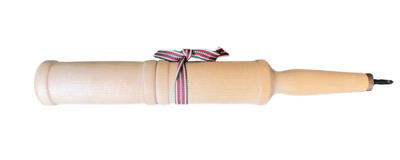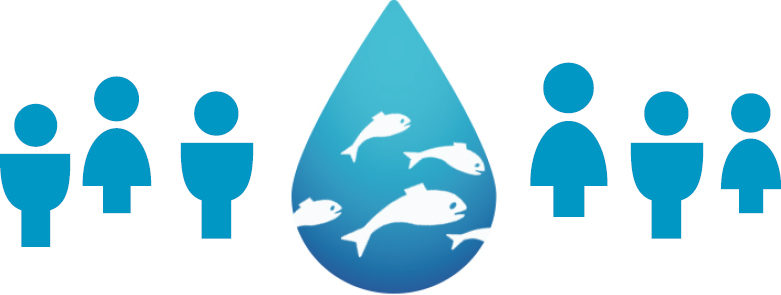Budstikke
Budstikke

The budstikke is a traditional wooden messenger stick historically used in Norway. It held important messages inside and was passed on to quickly spread news or warnings. The budstikke is a symbol of community cooperation and collective action in Norwegian culture.
The Global Action Network has embraced the spirit of the budstikke to foster collaboration among scientists, policymakers, and stakeholders – promoting interdisciplinary science, evidence-based policymaking, and collective action across the entire aquatic food system – from healthy waters to healthy people.
Our budstikke will be passed on and travel through events at international conferences – on ocean, food systems, nutrition, food security, climate, and more. Along this journey, it will gather and carry forward insights and key messages that connect diverse knowledge and perspectives, building bridges and helping to advance aquatic foods as a key source for achieving food security and improving nutrition.
Messages from One Ocean Science Congress 2025 Town Hall event “Optimising the Potential of Aquatic Food Systems – Science Needs for a Blue Transformation”
- Science must demonstrate the comparative benefits of aquatic food systems
- Aquatic food systems science must better engage in a food systems approach
- Science must be grounded in equity and justice to be optimised effectively and sustainably
- Science must drive nutrition-focused aquatic food systems governance
- Science must drive sustainable, nutrition-sensitive, and equitable aquaculture
– Shakuntala Thilsted, CGIAR
Messages from UN Ocean Conference 2025 side event “The Ocean We Depend On – Achieving SDG 14 Through Sustainable Governance”
- International and regional cooperation is essential
- Science and evidence-based policy are fundamental to sustainable ocean governance and sustainable aquatic food systems
- Capacity building and inclusion are key to long-term sustainability
- The role of aquatic foods in nutrition and food security must be recognized and strengthened
– Nils Gunnar Kvamstø, Institute of Marine Research, Norway
Messages from IUNS-ICN 2025 Scientific Symposium ‘Advancing Nutrition and Sustainable Food Systems in the Nordic Region – Lessons Learned for Regional and Global Impact’
- Nutritionists should be more visible in food system dialogues.
- Food system transformation is a smart investment and requires bundled actions by multiple actors.
- Efficient regulations, innovations and shift in mindset and social norms are also crucial.
- School meals should follow climate-friendly dietary guidelines and be introduced gradually accompanied by a pedagogical concept.
- Shifting towards a more plant-based diet requires robust fortification policies and monitoring systems to safeguard nutritional adequacy.
- Safe foods from the ocean with efficient monitoring system are important.
- Increase in seafood consumption can promote both human health and sustainability.
– Jutta Dierkes, Vice President of the Norwegian Nutrition Society
